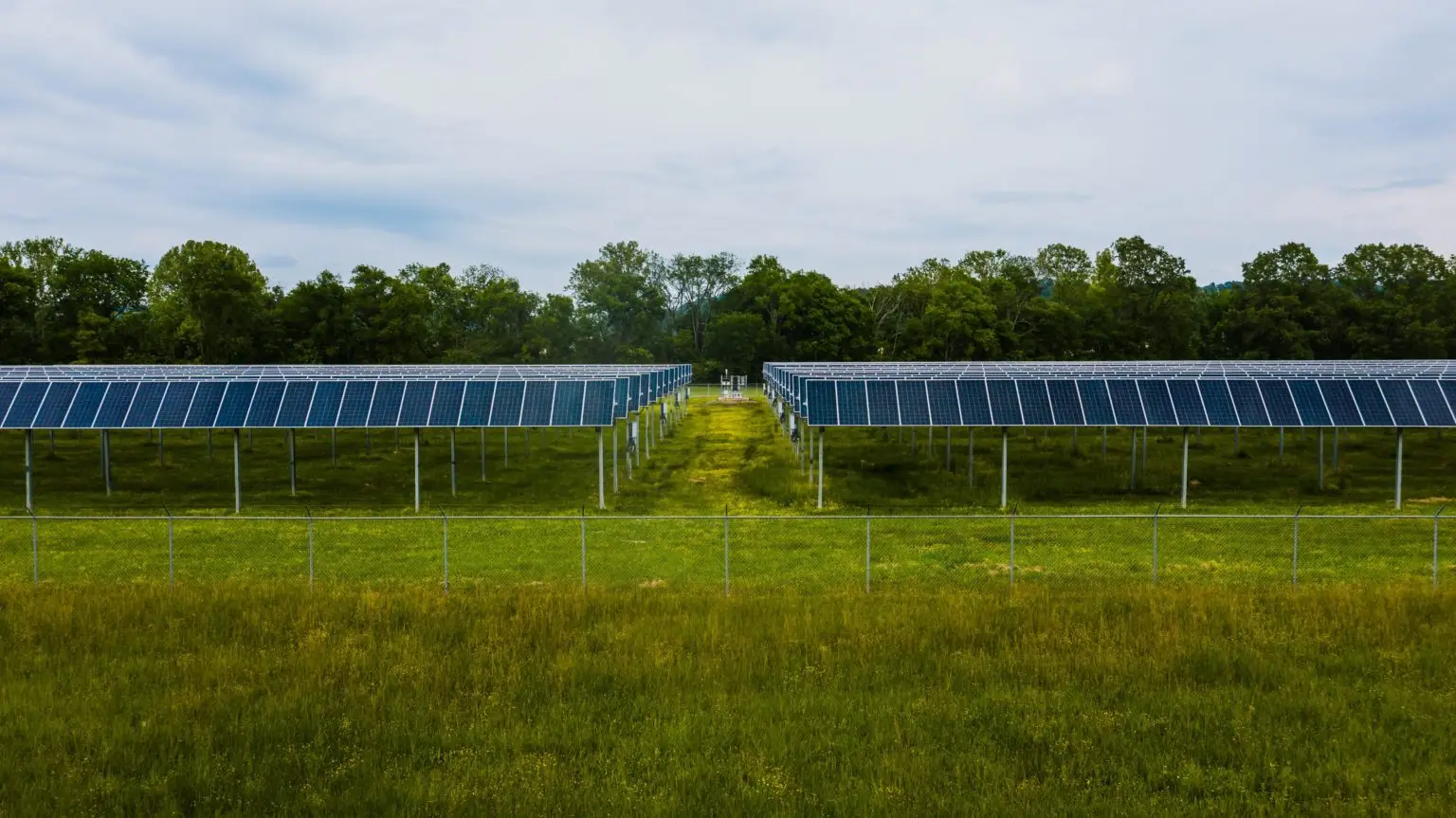The Energy and Inflation Relationship – Energy-Saving Tips
Before being adjusted for inflation, the cost of electricity is at an all-time high. Increasingly extreme weather is impacting the cost of energy by increasing demand and limiting supply (whether through drought or damage to infrastructure, for example). Fortunately, there are measures that residents can take to save on the cost of energy in these uncertain times. Below are some suggestions for saving energy and money. Several require home-improvement investments, while others are simple, daily measures you can take to save.
Due to power outages caused by storms and high demand, a stand-by generator is an important tool to have. Dedicated generators are ready at the flick of a switch, but they require permitting as outstructures on your property. If you don’t want to go through the expense of buying and having installed a dedicated generator, then installing a transfer switch on your house is the next best thing.
Transfer Switches
Transfer switches transfer power to a portable generator, which can operate a large part of your home without disruption. Transfer switches are considerably cheaper than stand-by generators and keep you from having to run extension cords throughout your home. Whether you choose a dedicated generator or transfer switch, it will have to be professionally installed.
Radiant Barriers to Energy Savings
Another improvement to help your energy situation is radiant barriers, which are insulation for your attic space. They are reflective, so they cool attics, preventing heat from building up in your attic space. They provide cost savings and comfort. For maximum effect, radiant barriers should be professionally installed.
Weather Stripping Doors
Is your front door drafty? Installing weather stripping might not be enough to prevent that draft, especially if your door is old or made of wood. That’s because old doors shift in place, and wooden doors are less energy efficient than steel or fiberglass doors. Replacing that old or wooden door with a new fiberglass one can seal your front entryway against the outside. Having the door professionally installed will ensure that it fits right.
The above-mentioned suggestions are home improvements that require you to invest money. However, there are small things you can do to conserve energy. When it comes to cooking, for example, there are a few measures you can take.
Are Microwave Ovens Energy Efficient?
The first is to use your microwave oven, which is generally the most efficient way to cook. That’s because the microwave oven is small and can reach high temperatures quickly. On the other hand, slow cookers use little more energy than a lightbulb and are ideal for people who like to take their time preparing food.
If you’re going to cook in a conventional oven, which is large and takes time to heat up, then cook as many dishes as you can fit in the oven at once. Be sure to keep the oven door closed; the oven loses up to 50 percent of its heat when you leave it open for too long. Defrosting your food before you cook it will save energy and money. So will keeping track of precisely how long it takes your oven to pre-heat.
In short, there are numerous ways to save money and energy around the home. Some of the most effective measures do cost money to implement. However, small adjustments, like those made while cooking, add up.







